

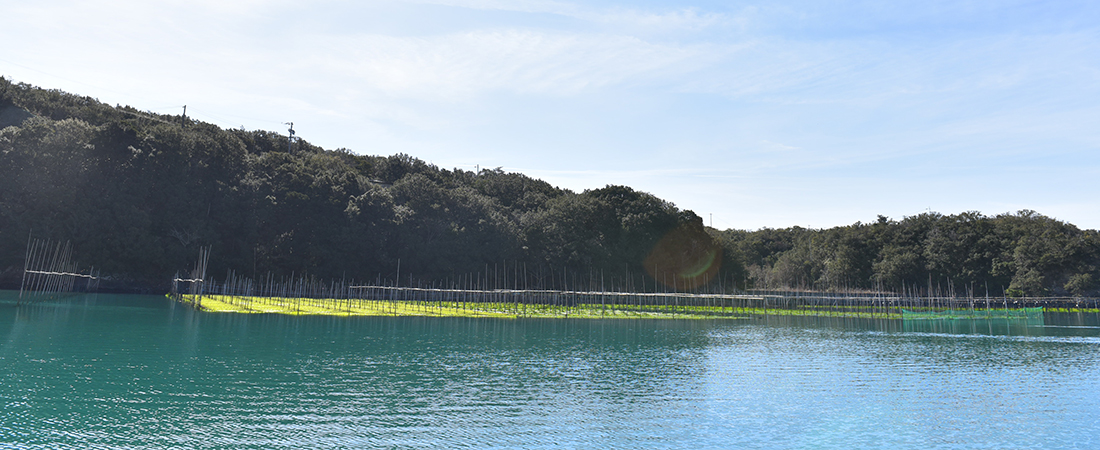
เวลาที่ดีที่สุดในการเก็บเกี่ยว สาหร่ายอาโอสะ คือช่วงปลายฤดูหนาวถึงต้นฤดูใบไม้ผลิซึ่งเป็นช่วงที่นิ่มและพร้อมรับประทาน ชาวประมงวัยเก๋าสังเกตสภาพมหาสมุทรและเลือกวันที่สิ่งแปลกปลอมที่ลอยอยู่ในทะเลจะไม่ปะปนกับสาหร่ายทะเล สาหร่ายทะเลถูกเก็บเกี่ยวอย่างระมัดระวังจากน้ำ
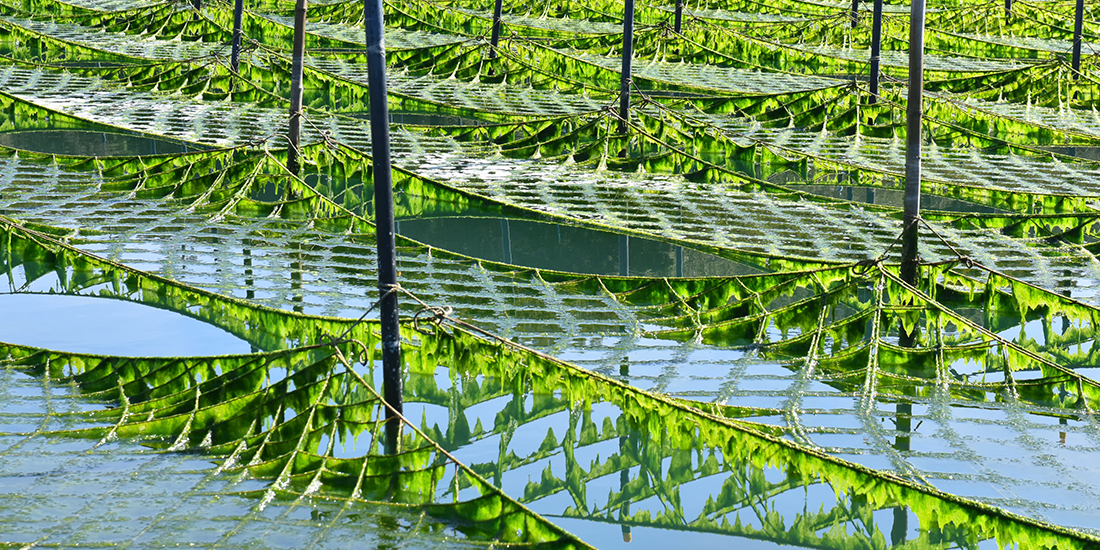
หลังจากการเก็บเกี่ยว สาหร่ายอาโอสะ จะถูกหมุนทันทีในตะแกรงขนาดใหญ่ซึ่งล้างด้วยน้ำแล้วปั่นให้แห้ง จากนั้นจะนำไปที่โรงงานแปรรูปซึ่งปั่นด้วยความเร็วสูงและแบ่งเป็นชิ้นเล็ก ๆ สิ่งแปลกปลอมเช่นใบไม้และสาหร่ายจะถูกกำจัดออกในกระบวนการแรกเหล่านี้ จากนั้นคนงานค่อยๆคลายสาหร่ายและกางออกบนตะกร้าขนาดใหญ่ให้แห้ง สาหร่ายทะเลจะถูกตรวจสอบสิ่งแปลกปลอมซ้ำ ๆ และตรวจสอบอย่างรอบคอบก่อนบรรจุและส่งออก
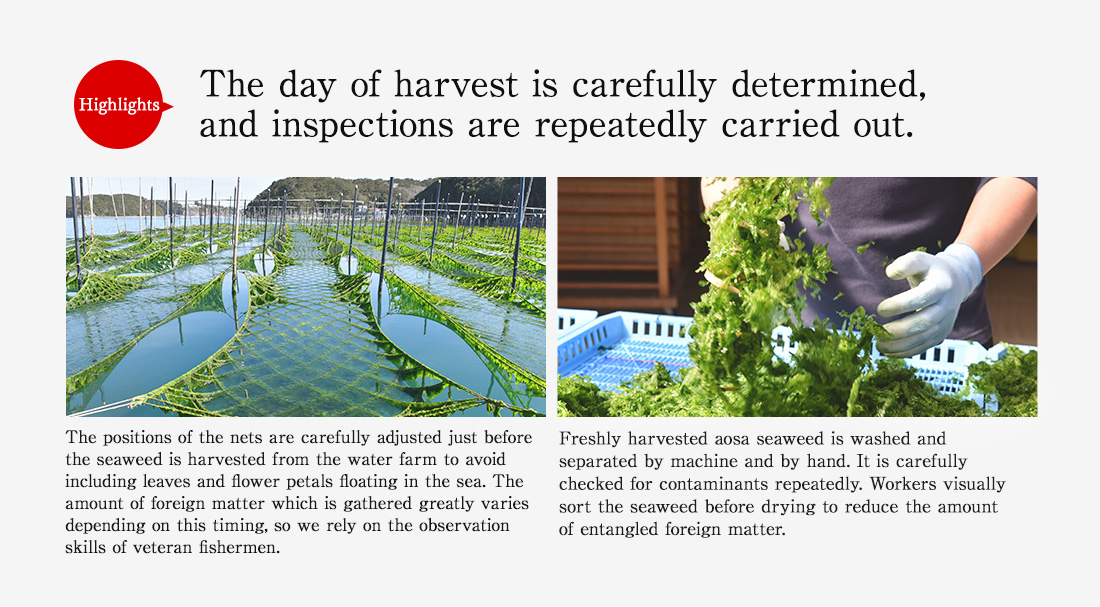

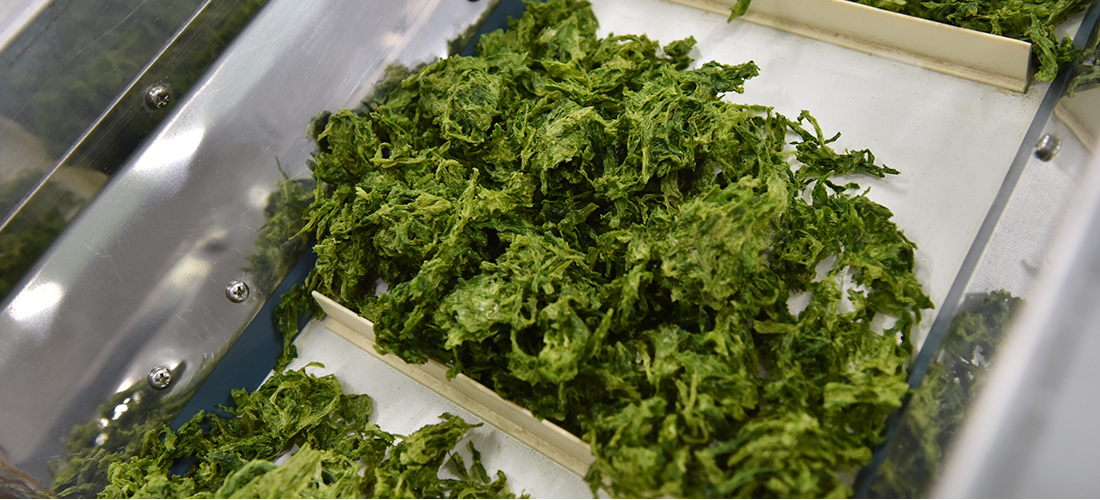
สาหร่ายที่ส่งเข้าโรงงานจะถูกจัดเรียงบนสายการผลิต แตกหยาบเป็นชิ้นขนาดเท่าฝ่ามือแล้วตากให้แห้ง หากอุณหภูมิสูงเกินไปพื้นผิวด้านนอกเท่านั้นที่จะแห้งดังนั้นจึงต้องทำให้แห้งอย่างช้าๆที่อุณหภูมิระหว่าง 40 ถึง 50 ° C สาหร่ายอาโอสะ แห้งมีเนื้อกรอบ
จากนั้นหั่นสาหร่ายให้ได้ขนาด เป็นสิ่งสำคัญที่จะต้องตัดเป็นชิ้นที่เหมาะสมเนื่องจากความเสี่ยงต่อการปนเปื้อนจะเพิ่มขึ้นเมื่อชิ้นใหญ่เกินไปและเนื้อจะหายไปหากชิ้นเล็กเกินไป
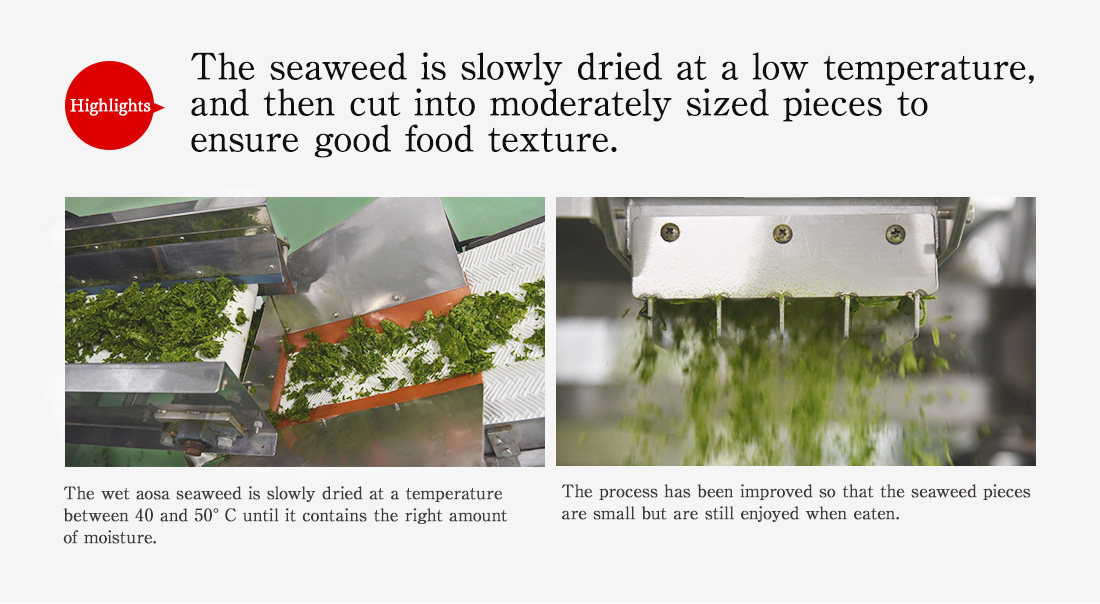

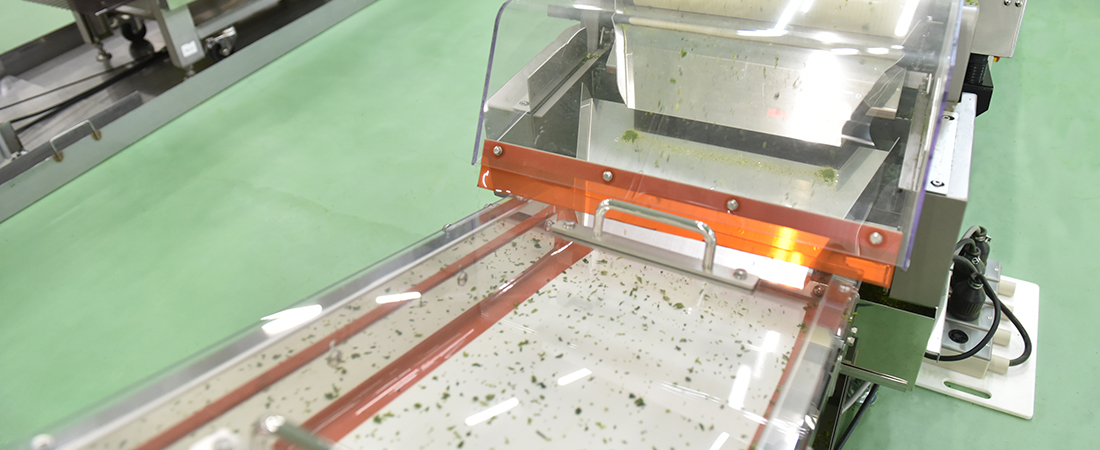
สาหร่ายอาโอสะ ได้รับการเพาะปลูกในสภาพแวดล้อมของมหาสมุทรตามธรรมชาติที่สิ่งแปลกปลอมสามารถเกาะติดได้ง่าย นอกจากนี้รูปร่างของมันยังเก็บสิ่งแปลกปลอมได้ง่ายดังนั้นจึงไม่ใช่เรื่องง่ายที่จะรู้ว่าจะติดอะไร
เราใช้อุปกรณ์คัดแยกหลายชนิดเพื่อระบุสิ่งแปลกปลอมจากมุมต่างๆ อุปกรณ์จัดเรียงบรรทัดปัจจุบันของเราได้รับการออกแบบหลังจากการลองผิดลองถูกซ้ำแล้วซ้ำเล่า เราใช้ความเชี่ยวชาญดั้งเดิมของเราร่วมกับเครื่องคัดแยกและตั้งค่าความเร็วเครื่องเป็นต้น
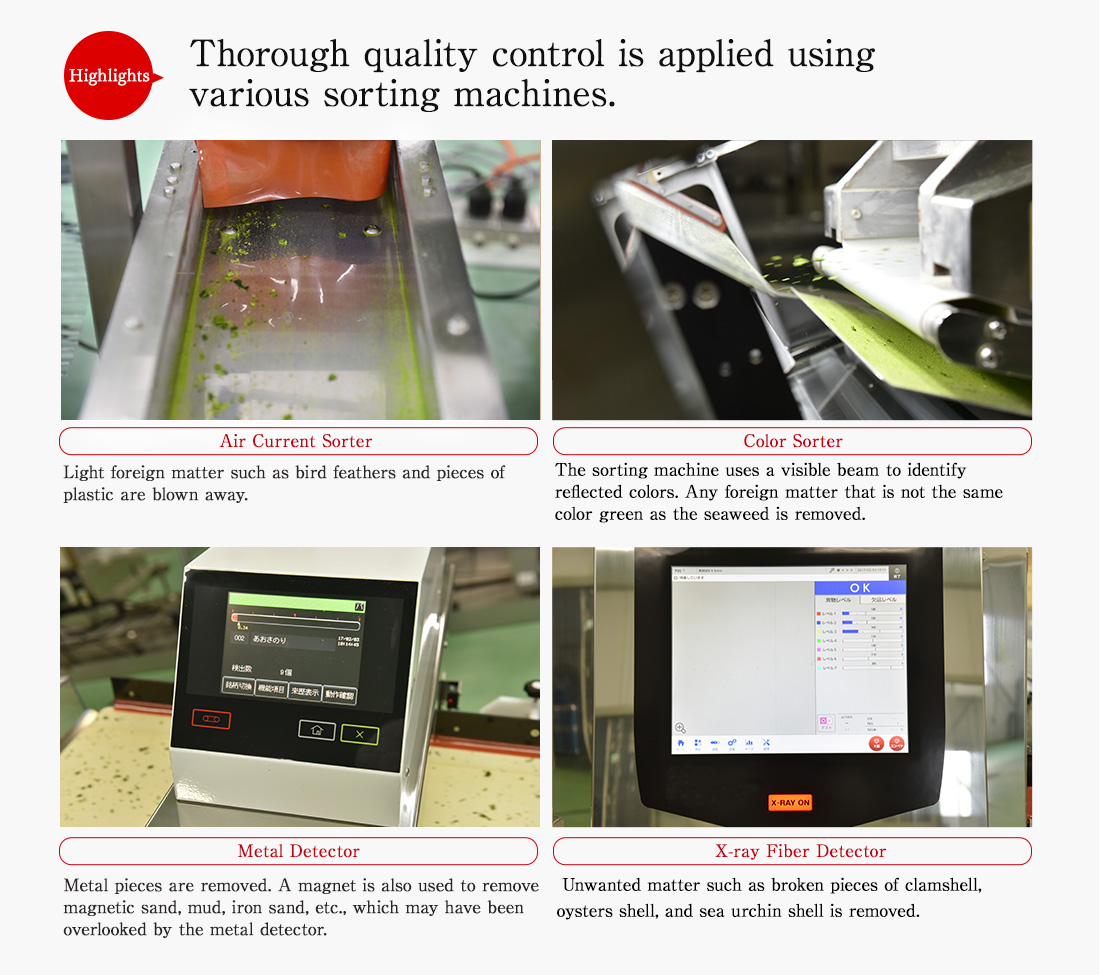

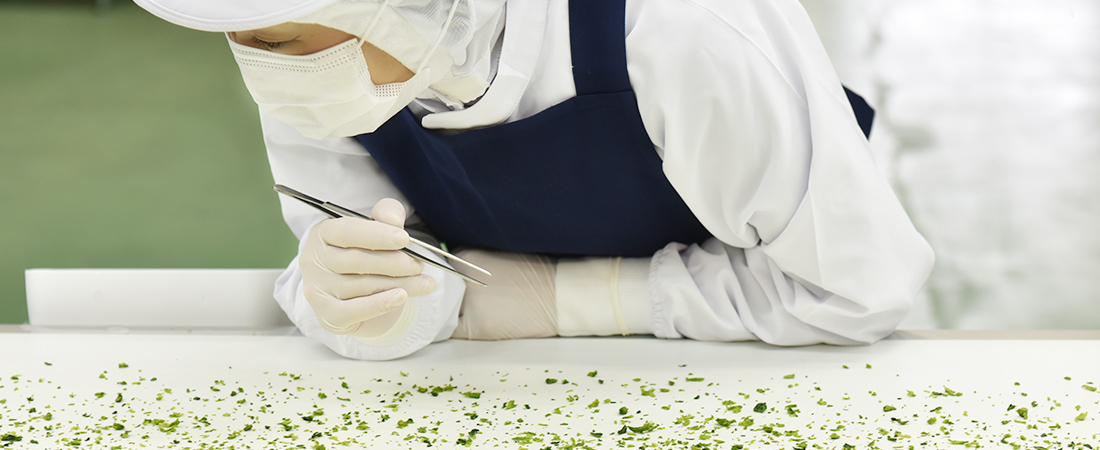
คนงานที่มีทักษะหลายคนตรวจสอบ สาหร่ายอาโอสะ แห้งแต่ละชิ้นที่ผ่านไปตามสายพานลำเลียงและตรวจสอบให้แน่ใจว่าไม่มีสิ่งแปลกปลอมติดอยู่
สาหร่ายอาโอสะ จำนวนมากได้ในครั้งเดียวและขั้นตอนนี้ต้องใช้ความเข้มข้นสูง ตรวจน้อยกว่า 10 กิโลกรัมในหนึ่งชั่วโมง สาหร่ายทะเลเดินทางด้วยความเร็วที่ช้ามากเพื่อให้ผู้ตรวจสามารถกำจัดสิ่งปนเปื้อนชิ้นเล็ก ๆ ออกไปได้ สายพานลำเลียงสีต่างๆถูกนำมาใช้เพื่อปรับปรุงการมองเห็นและป้องกันไม่ให้มองข้ามสิ่งแปลกปลอมใด ๆ
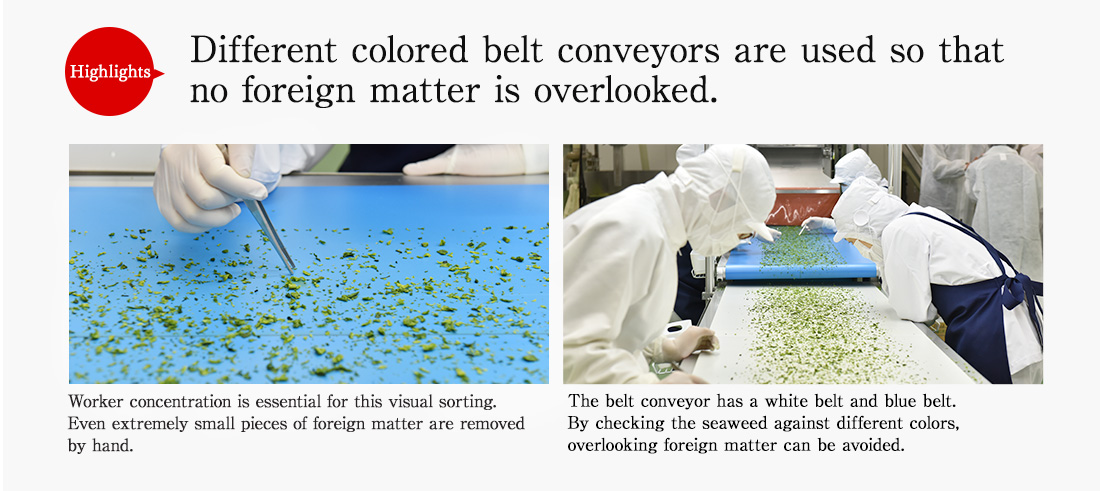

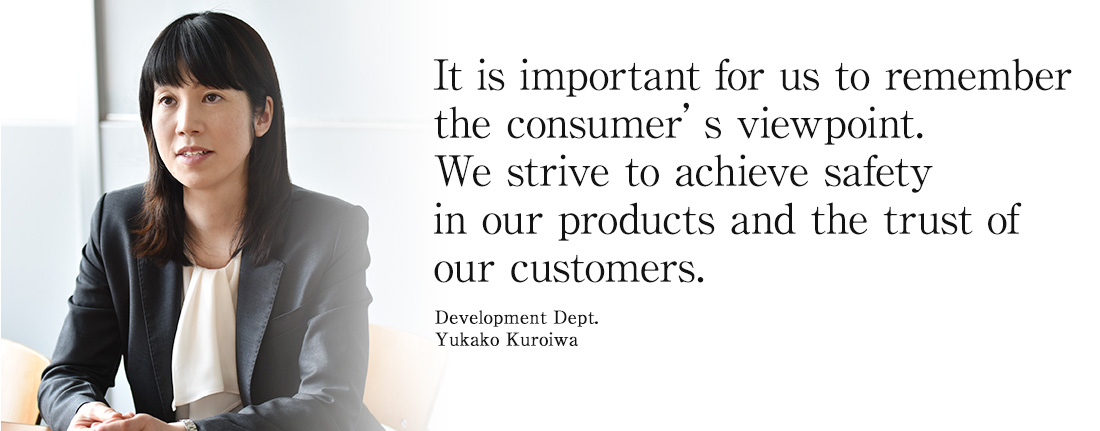
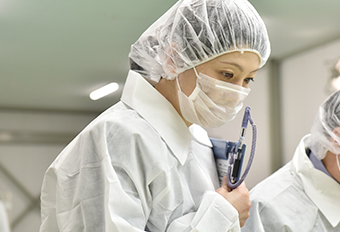
The shape of aosa seaweed easily holds foreign matter, so we pay careful attention during the production process. Manual labor is especially important when processing aosa seaweed. Workers look at small batches of seaweed and carefully remove any foreign matter during this time-consuming production process.
It is important to understand these processing steps and the characteristics of our products. It is also important to understand that we, the producers, also consider the products from the consumer's viewpoint. We know that any problem in the purchased product will instantly leave the consumer with a bad impression of our company. If there are any matters of concern during the initial steps or during various processes, we strive to quickly resolve each one.
As the producers, we will continue to work together as one to delivery safe, trustworthy, and delicious products to our customers.